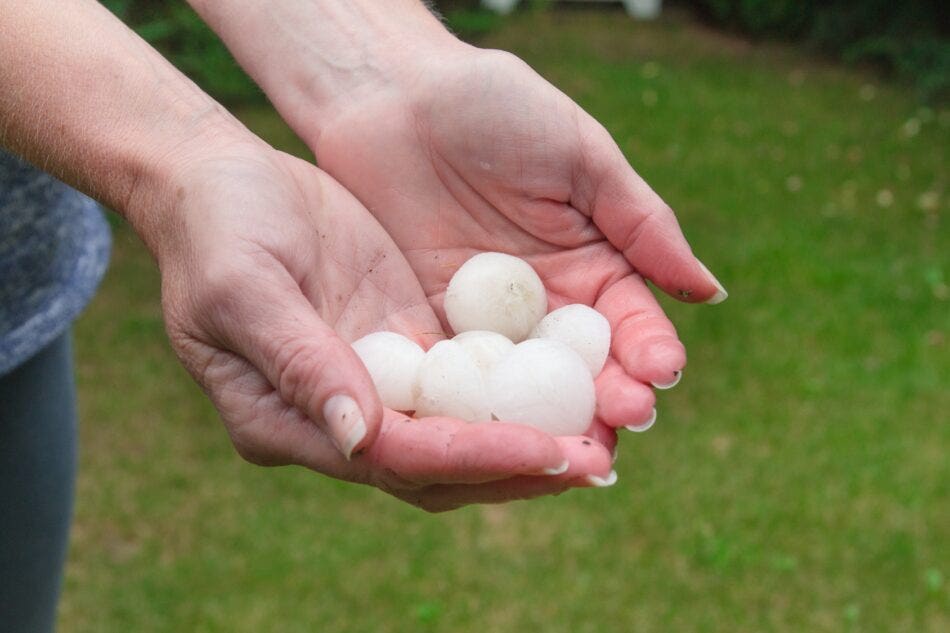Alberta experiences many hailstorms each year, particularly in the “Hailstorm Alley.” This region stretches from High River through Calgary north to Red Deer. The most costly hail storms in Canada impact this region. For example, the August 2024 hailstorm in Calgary was the second-costliest insured event in Canada’s history resulting in nearly $2.8 billion in insured damage.
To combat the rising claims and costs, Alberta’s insurance companies formed the Alberta Severe Weather Management Society (ASWMS) in 1996. The mandate of the ASWMS was to create a Weather Modification system known as the Alberta Hail Suppression Project (AHSP). This $3-million per year operation functions 24 hours a day seven days a week from June 1 to September 15. The program involves specially modified planes flying into storms to spray silver iodide to help reduce the severity of hailstorms. In turn, this reduces the damage caused by hailstorms to property.
By seeding these planes are able to treat young cloud turrets—small towers of clouds—before they grow into large mature thunderstorms that produce hail. This essentially stops large destructive hail from forming but allows smaller pellets to fall thereby allowing nature to produce thunderstorms which are necessary forms of precipitation.
Priority is assigned based on projected severity and the size of the community being threatened by the storm.
Important note: Cloud seeding does not prevent all hail from falling. It simply reduces the size of hailstorms and therefore the overall severity of the damage.
The good news is that seeding thunderstorms is not damaging to health or the environment. The chemical used known as silver iodide is non-toxic in the dosage used to seed clouds. The average seeding rates are about 10 grams per minute — the equivalent to putting a spoonful of silver iodide over the Niagara Falls every minute according to Public Safety Canada.
The aim is to reduce the size and severity of hail storms and their success is the reduction in home insurance claims due to hail damage. At present, there’s been a 50% reduction since the inception of AHSP which amounts to millions of dollars saved each year in hail damage.

